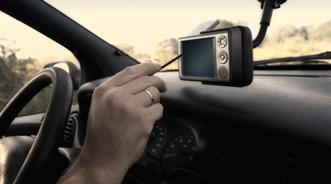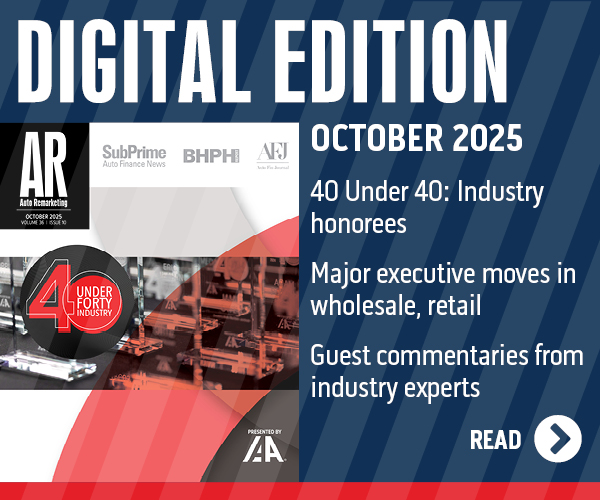J.D. Power: Portable GPS Devices Still Popular in Vehicles with Factory Navigation Equipment

By subscribing, you agree to receive communications from Auto Remarketing and our partners in accordance with our Privacy Policy. We may share your information with select partners and sponsors who may contact you about their products and services. You may unsubscribe at any time.
WESTLAKE VILLAGE, Calif. –
A significant amount of vehicle owners still like to use an alternative GPS device even if factory-installed navigation systems already are in their units.
The 2010 J.D. Power and Associates U.S. Navigation Usage and Satisfaction Study revealed 36 percent of owners of factory-installed navigation systems also own a portable navigation device. The study also determined 28 percent of those owners prefer receiving directions from the portable navigation device.
Similarly, J.D. Power discovered 24 percent of owners of factory-installed navigation systems use a smartphone as a navigation system alternative, with 28 percent of these owners preferring to receive directions from the smartphone rather than their factory-installed system.
Study authors found that real-time traffic and voice recognition features continue to increase in prevalence among owners of factory-installed navigation systems. They said 34 percent of customers indicate they have real-time traffic capabilities, up from 26 percent in 2009.
J.D. Power also mentioned approximately two-thirds of owners of factory-installed navigation systems in 2010 indicate having voice recognition capabilities, compared with 59 percent in 2009.
One system fared best in the study. The Clarion system supplied to the Ford Fusion ranked highest in customer satisfaction with factory-installed navigation systems. J.D. Power noted the Clarion system performs particularly well in several facets, including speed of system, voice directions, ease of use and voice recognition.
Subscribe to Auto Remarketing to stay informed and stay ahead.
By subscribing, you agree to receive communications from Auto Remarketing and our partners in accordance with our Privacy Policy. We may share your information with select partners and sponsors who may contact you about their products and services. You may unsubscribe at any time.
Next in the rankings was the Clarion navigation system supplied to the Ford Flex. Meanwhile, the Clarion system supplied to the Ford Taurus came in third.
So it appears Ford is leading the way.
J.D. Power also rattled off three other navigation system trends discovered:
—40 percent of owners say that locking out certain features of the navigation system while the vehicle is moving is appropriate for safety reasons.
—While female owners perceive a higher value for their navigation system than do male owners, they are willing to pay nearly $100 less, on average, for a factory-installed navigation system.
—Customers 18-25 years old provide the highest ratings for the value of their navigation system, compared with other age groups, and are also willing to pay the highest prices for their navigation system.
Now in its 12th year, J.D. Power reiterated that this study is meant to identify seven factors that contribute to overall customer satisfaction. In order of importance, they are ease of use, routing, navigation display screen, system appearance, voice recognition, voice directions and speed of system.
Authors noted the study index was redesigned this year to include voice-recognition attributes.
While voice recognition is not included on all systems, J.D. Power found 65 percent of owners of factory-installed navigation systems indicate having this feature.
Officials also pointed out the study is geared to measure quality by examining problems per 100 navigation systems, in which a lower score reflects higher quality.
Mike Marshall, director of automotive emerging technologies at J.D. Power, offered more analysis about what this year’s study revealed.
“Portable navigation devices and smartphone navigation both offer a less expensive and more convenient alternative to a factory-installed navigation system,” Marshall explained.
“As these options become more prevalent, it’s important that suppliers take into account some of the features that make these systems preferable — such as ease of use and less expensive and more frequent updates for maps and points of interest — and incorporate them into factory-installed navigation systems to better satisfy customer needs. In addition to addressing these key issues, prices of factory-installed navigation systems need to stay competitive with these other navigation devices growing in popularity,” he concluded.


